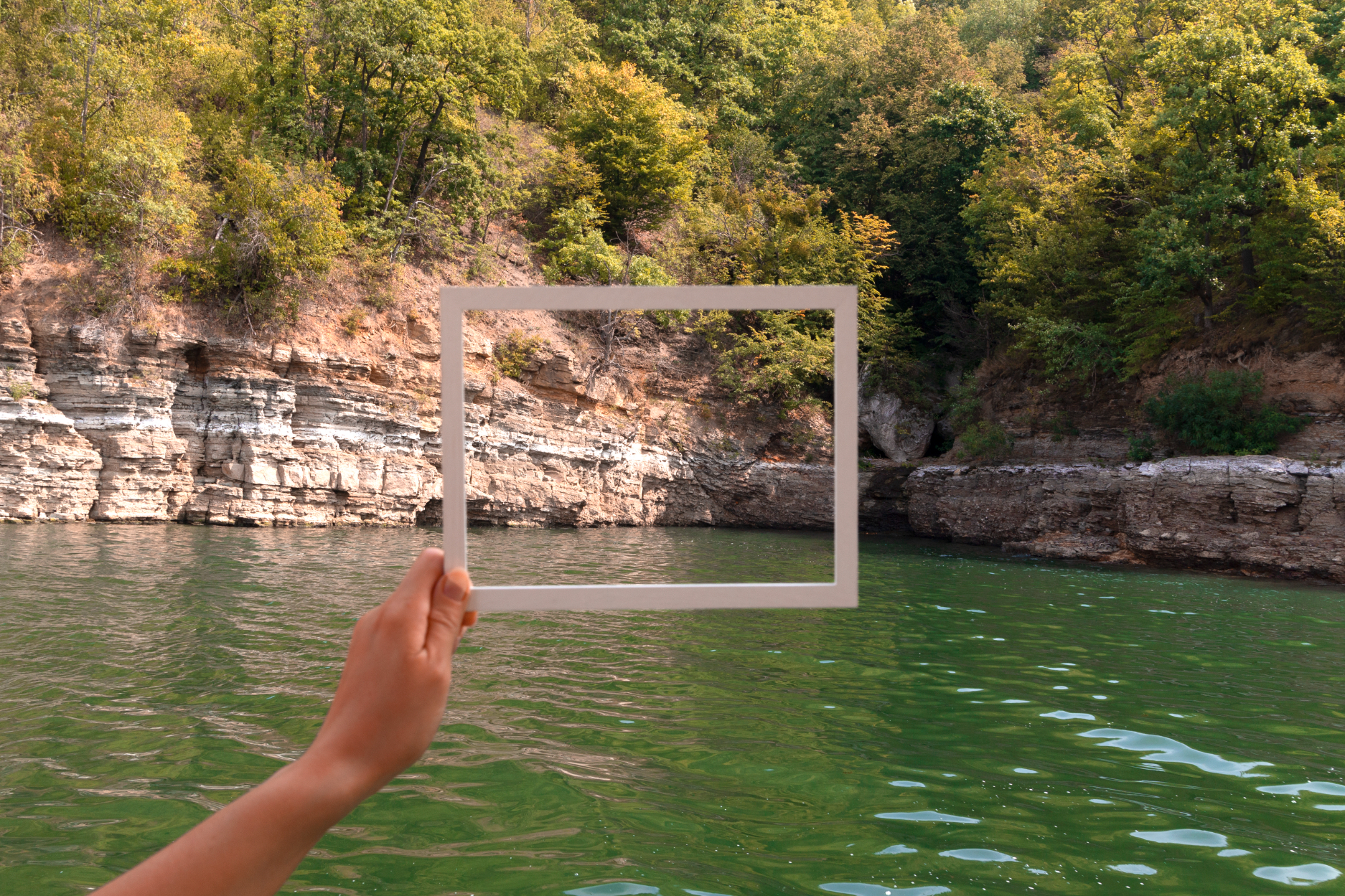Trees have always been a prominent subject in both photography and painting, representing nature’s power, life cycles, and the passage of time. With their intricate forms, vibrant hues, and diverse textures, trees serve as a continuous source of inspiration for both photographers and painters. In this article, we will explore how both mediums capture the beauty of trees, diving into techniques, styles, and the emotional resonance they evoke.
The Symbolism of Trees in Art
In the world of art, trees are powerful symbols. They represent strength, growth, resilience, and the cycle of life. Rooted in the earth yet stretching towards the sky, trees convey feelings of tranquility, nostalgia, and sometimes even drama. Whether in a photograph or on canvas, artists use trees to evoke emotion and tell stories—offering a deep connection to nature and the world around us.
Photography: Capturing the Essence of Trees
Photography allows us to freeze the fleeting beauty of trees, showcasing their complexity and significance. If you’re a photographer looking to capture the magnificence of trees, here are some tips and techniques to help you get started:
1. Play with Light
Lighting has a profound effect on the mood of your photograph. Golden hour—just after sunrise or before sunset—provides a warm, soft glow that highlights the natural beauty of trees. Backlighting can also create striking silhouettes, emphasizing the shape of the tree against a colorful sky.
2. Focus on Details
Trees are full of intricate textures and patterns—from bark textures to delicate leaves. Macro photography allows you to zoom in on these small details, transforming them into abstract compositions that reveal the hidden beauty in nature.
3. Explore Different Perspectives
A change in perspective can transform your photos. Consider shooting from below the tree, looking up, to create a sense of grandeur. Or, try using a wide-angle shot to capture the tree’s surroundings, offering a complete view of its environment.
4. Capture Seasonal Changes
Trees look different in every season. Photographing them across varying weather conditions—snow-covered branches, vibrant autumn foliage, or lush summer canopies—can add richness to your portfolio and tell a compelling seasonal story.
Painting: Interpreting Trees on Canvas
When it comes to painting, trees are not just subjects—they become a medium for emotional expression. Artists can use color, texture, and form to interpret the symbolism of trees. Here’s how painters can approach tree-themed artwork:
1. Choose Your Medium
Each painting medium brings something unique to the table. Watercolors can create soft, ethereal tree portraits, while oils and acrylics can offer bolder, more vivid results. Pastels are perfect for capturing the delicate beauty of leaves and flowers, adding a softer touch to the artwork.
2. Use Color to Evoke Emotion
The colors you choose in your artwork play a major role in setting the mood. Warm colors like red and orange can evoke feelings of comfort or nostalgia, while cooler hues like blue and green may create a calm, serene atmosphere. The color palette can serve as an emotional language to communicate the artist’s vision of trees.
3. Focus on Composition
In painting, the placement of the tree is crucial. Will it be the focal point of your composition, or will it serve as a complementary element in a wider landscape? Experimenting with composition can lead to dynamic and engaging artwork.
4. Expressive Brushwork
The way paint is applied to the canvas conveys emotion and movement. Loose, expressive brushstrokes can capture the wind’s rustle in the leaves or the strength of the tree trunk, making the painting come alive with energy.
The Intersection of Photography and Painting
The relationship between photography and painting is rich and symbiotic. Photographs can serve as detailed references for painters, providing valuable insights into lighting, shadows, and color choices. On the other hand, paintings can inspire photographers to capture scenes with a heightened emotional or artistic perspective.
Art Projects: Blending Photography and Painting
The fusion of photography and painting opens up new artistic possibilities. Here are a few ways artists can blend the two mediums:
1. Mixed Media
Incorporating both photography and painting into a single artwork can result in stunning mixed media pieces. Photographic prints can be combined with painted elements, creating depth, texture, and a multi-dimensional experience for the viewer.
2. Photo Transfers
Photo transfer techniques, where photographs are transferred onto canvas or paper, provide a unique foundation for painting. Artists can build upon these photo transfers with painted details, blending the precision of photography with the expressiveness of painting.
3. Land Art
Some artists create temporary installations in nature using natural materials such as branches, leaves, and stones, then document these creations through photography. This form of land art emphasizes the beauty of trees in their natural setting while showcasing the artist’s unique vision.
Conclusion
Trees continue to captivate both photographers and painters, offering a timeless subject that represents nature’s beauty and complexity. Whether through the careful capture of light and detail in photography or the emotional expression of color and texture in painting, trees have an enduring place in the world of art. By blending these two mediums, artists can deepen their connection to nature and offer viewers an opportunity to experience the beauty of trees from new, creative perspectives.

